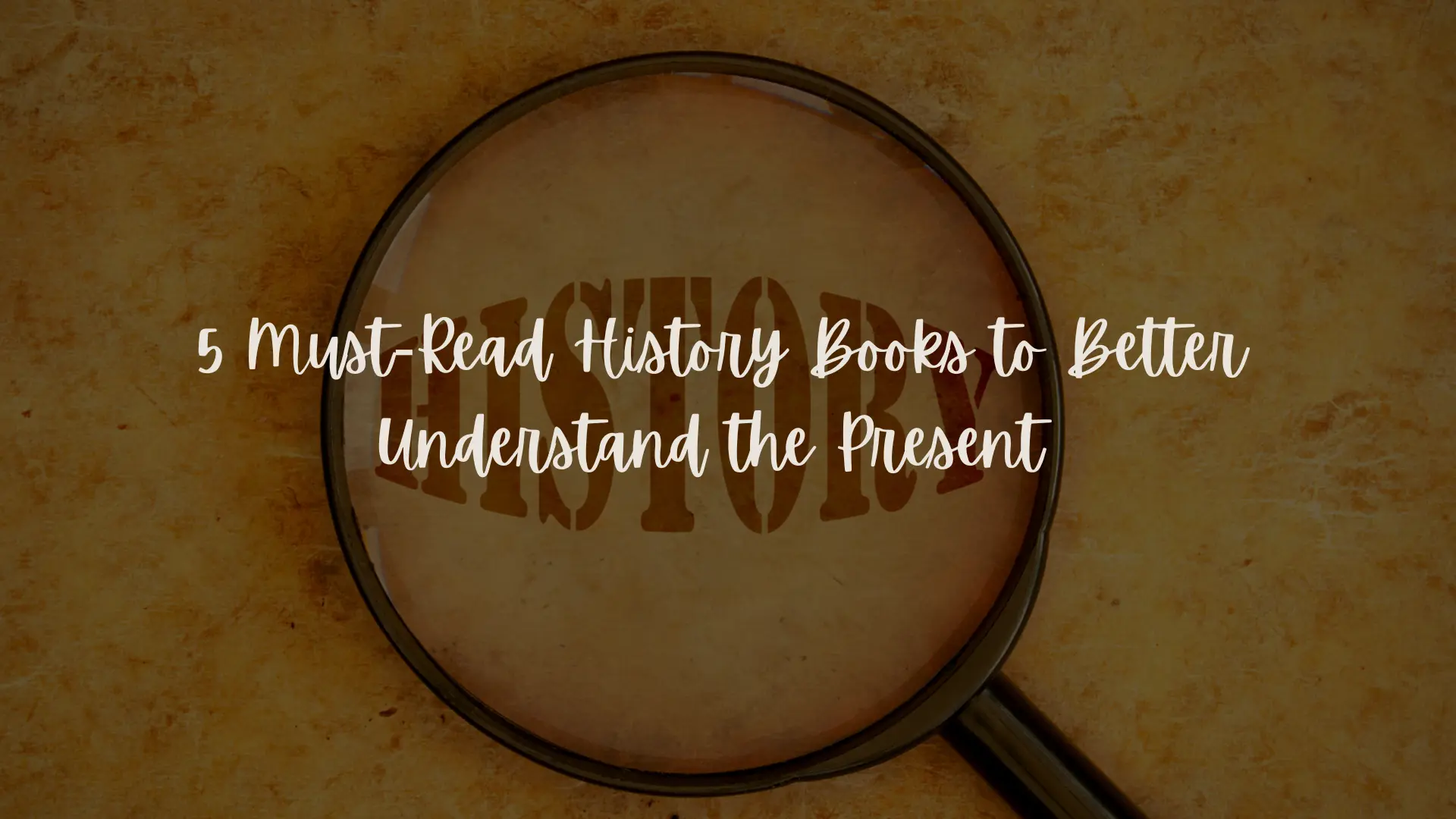Understanding Display Advertising
Display advertising is the form of advertising where clients are typically displayed as banner ads or rich media ads or video ads. Typically search ads are not considered display ads. Startups which have fairly large budgets or would like to promote their products using a visual medium typically use display advertising.
In this article, we examine two prominent kinds of display advertising platforms - Google and Facebook.
Google DoubleClick exchange
Google Adwords is the most common advertising option which most small and medium businesses. Adwords can be used to deliver contextually relevant, keyword targeted ads. Typically search ads are not considered as display ads though the opinion is evolving in the industry.
Google DoubleClick Ad Exchange (popularly called as Google AdX) is a large global advertising exchange that powers millions of sites. Publishers participate in Google DoubleClick exchange and display ads which are also bought using both direct placements and Real-Time Bidding (see foot note).
Google AdX allows you to buy online banner ads, video ads on YouTube, Youtube Mobile ads and place mobile banner or rich media ads within Mobile Apps or Mobile Web, thereby giving advertisers access to a wide audience on a unified platform. Google Adx has an approximate reach of about 6 billion ad impressions a day, but covers about 90% of the Internet audience through the various partner sites which display Google ads.
Advertisers can buy Google AdX directly on Google Adwords or through various demand-side platforms. Please note that search advertising is not included as a part of Google AdX and advertisers can typically run search ads but those advertisers who have larger budgets get access to Google AdX.
Advertisers can also access Google AdX inventory or other display sources through various Ad networks or Demand Side Platforms (DSPs). A DSP is an external platform which buys inventory on behalf of advertisers on one or more sources such as Google AdX.
Facebook Ads
Facebook claims more than 1 trillion page views per month with a reach of 1B users or approximately 51% of the global Internet audience.
Facebook monetizes its services through advertising and naturally has built a large set of advertising platforms to deliver highly targeted ads to its users. Given its size and scale, it has become a natural alternative to Google’s advertising solutions. Facebook ads are different because they are not targeted to context, instead targeted based on user interest, location and a wide array of data shared by the users to Facebook.
Ad formats on Facebook
Facebook has various formats for ads including right sidebar and the sponsored story which appears in the Newsfeed.
Facebook sponsored stories are said to perform significantly better than side bar ads. (http://www.insidefacebook.com/2013/05/08/study-fbx-ads-in-news-feed-have-nearly-200-better-roi-than-in-sidebar/, http://www.fastcompany.com/1767275/facebook-sponsored-stories-performing-2-times-better-standard-ads)
Facebook mobile ads are a new kind of format that are available ad in the mobile news feed. Advertisers can buy a sponsored ad to typically deliver only mobile app installs and currently do not support any other kind of call to action.
Logout Ads
Logout ads are being sold on a direct basis by Facebook. This is an ad unit that is displayed after the user has logged off.
Facebook Exchange
Facebook exchange is a new kind of marketplace for ads where advertisers can bid for various formats on Facebook on the flight. You cannot directly by Facebook exchange ads, instead you would need to work with a Facebook exchange certified partner who will leverage the platform called Alice a DSP tool buying ads on your behalf.
Why choose Facebook ads over other kinds of ads?
Facebook ads are currently said to be outperforming other ad formats at a lower cost. This is probably because of the fact that Facebook knows a lot about its users and it is able to leverage the social graph to place highly relevant ads in front of the user. Facebook’s targeting can be significantly better than targeting provided by alternative platforms.
What is the best way to buy Facebook ads?
If you are a startup and have small budgets: The best way to start using Facebook ads is either through the Facebook ads console (self-service, requires a credit card) or other solution providers who resell Facebook ad creation leveraging the Facebook Ads API.
If you happen to have significantly larger budgets of at least $10,000 a month or more, it would be advisable to work with DSPs that have access to Facebook exchange and buying your ad placements through an auction.
Our recommendations for startups spending a ton of money on Advertising:
There is no surefire formula to succeed in meeting your advertising goals.
Our suggestions are as follows
- Use Demand Side Platforms that leverage advances in programmatic advertising to deliver optimized ad spends. Example of DSPs include Turn, Mediamath, DataXU and others.
Programmatic advertising is an automated transaction between the buying platform (DSP) and an Ad Exchange or a Supply Side Platform (SSP) where the sellers quote a price and several buyers bid. Typically the most expensive and the most relevant ad wins. A Real-time Auction takes place and the auction protocol is called Real-Time Bidding (RTB). Typically such transactions happen in milliseconds.
- Leverage attribution tools (C3 Metrics, Adometry etc) to improve conversion rates, improve performance of ad campaigns and to ensure
- Track and measure the users through the entire campaign funnel using tools (like Reduce Data, Adobe Marketing Cloud) because this tends to improve performance of ad campaigns as well.
Author - Asif Ali is the CEO of Reduce Data, an advertising platform that delivers highly optimized media to advertisers. Asif previously co-founded ZestADZ Mobile Ad Network which was acquired by Komli in 2011. Asif is a technologist, entrepreneur with over 15 years of experience and lives in Sunnyvale, California.






